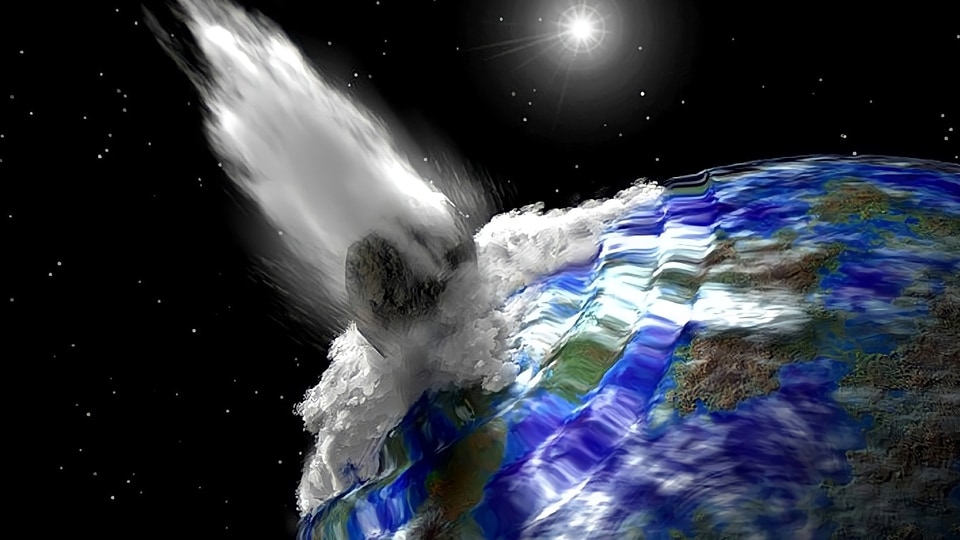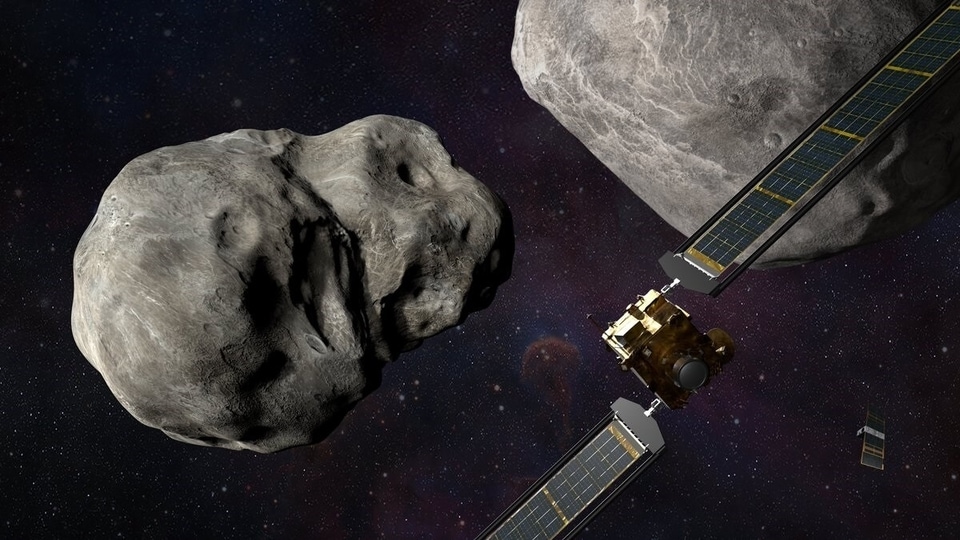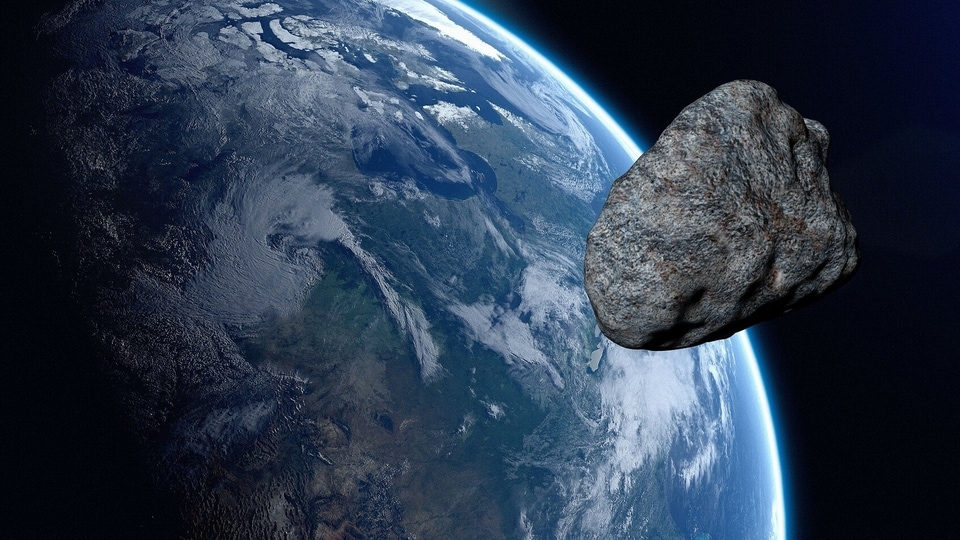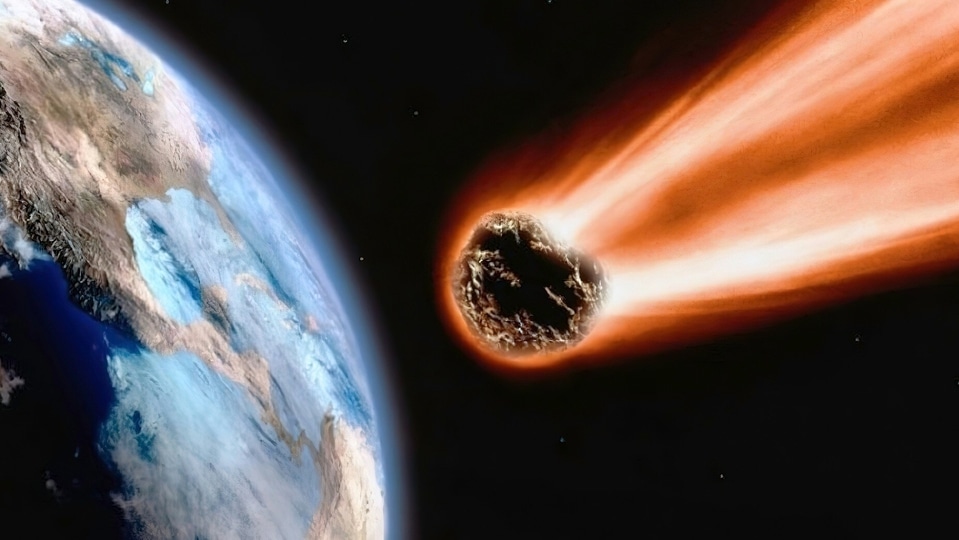120-foot Asteroid 2023 HW1 rushing towards Earth at a jaw-dropping 36861 kmph, says NASA
An asteroid measuring 120-foot in diameter is scheduled to pass close to Earth tomorrow at a blazing speed of 36861 kilometres per hour.






 View all Images
View all ImagesEarth has recently witnessed a terrifying 1500-foot-wide asteroid passing closely past the planet. Thankfully, Earth successfully escaped the danger of this potentially hazardous asteroid yesterday. Now NASA has warned about a new threat that can keep scientists worried about its closest approach and it is coming tomorrow. As per the asteroid tracking data from NASA, Asteroid 2023 HW1 will fly past the Earth tomorrow, April 28 at a close distance of just 2.66 million miles. This 120-foot-wide asteroid is coming at a fiery speed of 36861 kmph, NASA's CNEOS data has revealed.
The asteroid 2023 HW1 was detected only recently, on April 18, 2023 and it belongs to the Apollo group. These asteroids are named after the first asteroid of this group that was discovered, which was named 1862 Apollo.
It must be noted if any asteroid comes within 4.6 million miles or 7.5 million kilometres of Earth and has a size larger than about 150 meters, NASA's Planetary Defense Coordination Office red flags the NEO and issues an alert. Thankfully, due to its size, Asteroid 2023 HW1 is not a potentially hazardous asteroid, but a slight deviation can lead to a catastrophic impact on Earth.
Do asteroids change their orbit?
Many of you must be wondering, do asteroids change their orbit? If yes, how is it possible? NASA explains, as the asteroids orbit the Sun in elliptical paths, they also rotate and move erratically. The gravity of Jupiter and occasional close encounters with other celestial bodies can alter their trajectories, causing them to be ejected from the main asteroid belt and flung into various orbits, including those of other planets like Earth. "Stray asteroids and asteroid fragments have slammed into Earth and the other planets in the past, playing a major role in altering the geological history of the planets and in the evolution of life on Earth," NASA added.
Tech tracking asteroids
The Center for Near Earth Object Studies (CNEOS) at NASA is responsible for monitoring all known near-Earth objects to assess their potential impact risk. To detect the danger, NASA has established the NEO Observations Program, which is tasked with finding, tracking, and characterizing NEOs, and identifying those that may pose a hazard to Earth. Ground-based telescopes and NASA's NEOWISE spacecraft are currently used to locate NEOs.
Catch all the Latest Tech News, Mobile News, Laptop News, Gaming news, Wearables News , How To News, also keep up with us on Whatsapp channel,Twitter, Facebook, Google News, and Instagram. For our latest videos, subscribe to our YouTube channel.































